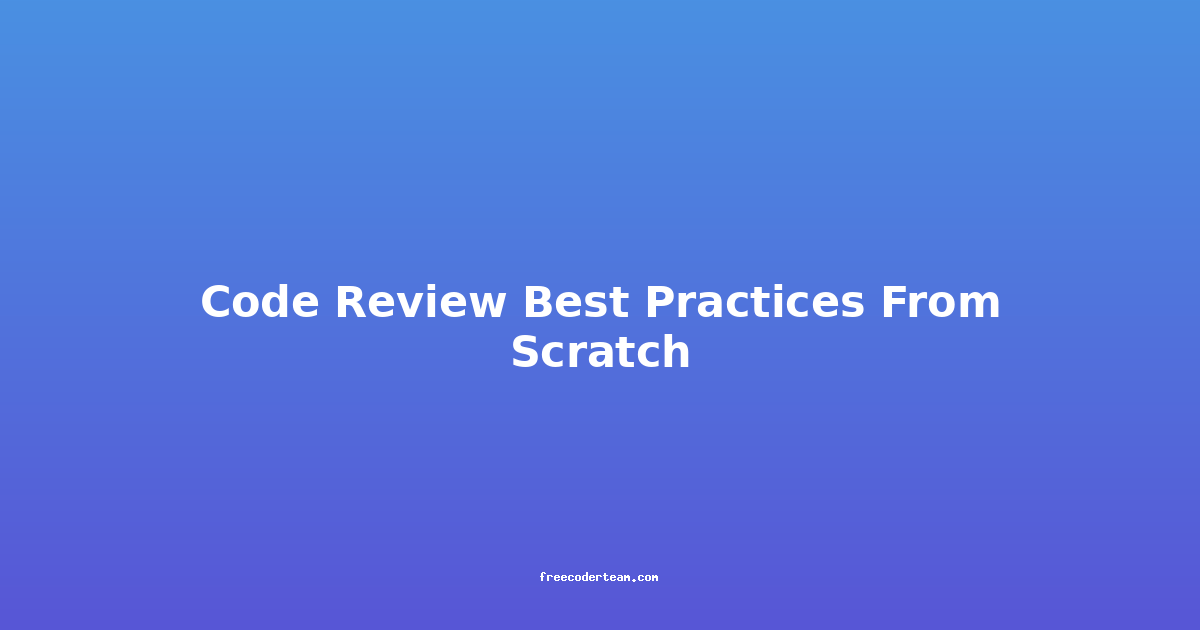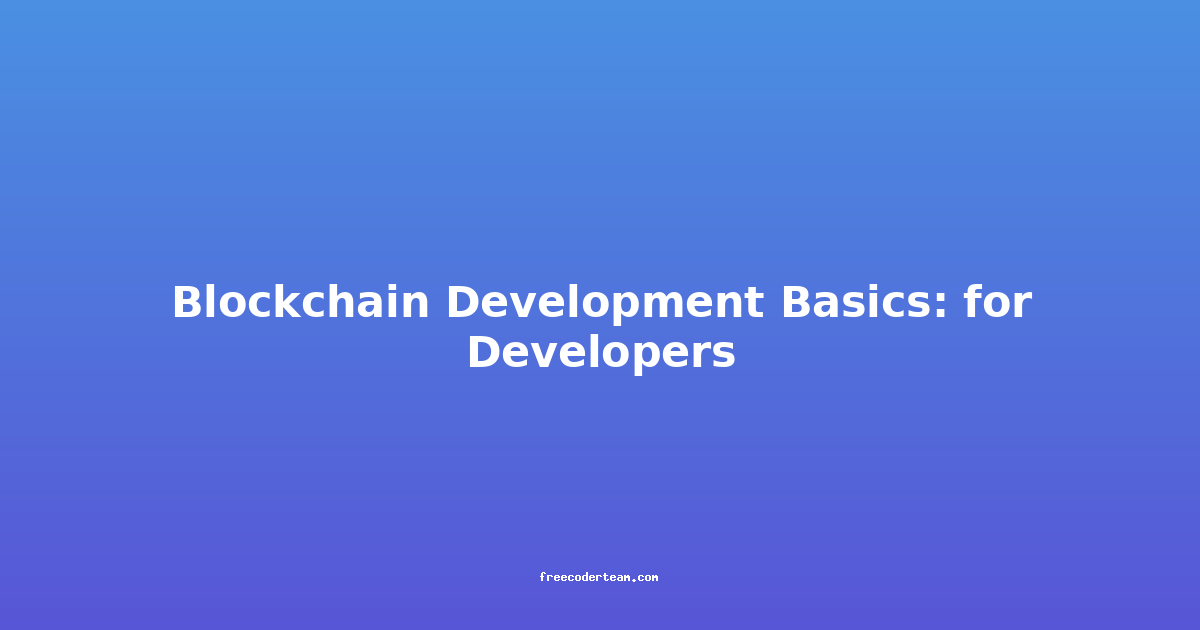Modern Approach to Laravel Development Best Practices
Laravel, a popular PHP framework, has been a go-to choice for many developers due to its elegant syntax, robust ecosystem, and extensive documentation. As Laravel continues to evolve, adopting modern best practices ensures that your applications are maintainable, scalable, and secure. In this blog post, we’ll explore key best practices for Laravel development, focusing on code organization, security, testing, and performance.
Table of Contents
- 1. Code Organization and Structure
- 2. Security Best Practices
- 3. Testing and Quality Assurance
- 4. Performance Optimization
- 5. Continuous Integration/Continuous Deployment (CI/CD)
- 6. Conclusion
1. Code Organization and Structure
A well-organized codebase is crucial for maintaining large Laravel applications. Here are two key approaches to consider:
1.1. Use Feature Folders
Instead of organizing files by their type (e.g., all controllers in App\Http\Controllers), group them by features. For example, if you’re building an e-commerce app, you might have directories like Products, Orders, and Users:
app/
├── Features/
│ ├── Products/
│ │ ├── ProductController.php
│ │ ├── ProductService.php
│ │ ├── ProductRepository.php
│ ├── Orders/
│ │ ├── OrderController.php
│ │ ├── OrderService.php
│ │ ├── OrderRepository.php
│ └── Users/
│ ├── UserController.php
│ ├── UserService.php
│ ├── UserRepository.php
This structure makes it easier to navigate and manage related code.
1.2. Adopt Domain-Driven Design (DDD)
DDD helps in separating business logic from presentation logic. Implementing services and repositories can make your code more modular:
// app/Features/Products/ProductService.php
namespace App\Features\Products;
use App\Models\Product;
class ProductService
{
protected $repository;
public function __construct(ProductRepository $repository)
{
$this->repository = $repository;
}
public function getProducts()
{
return $this->repository->all();
}
}
In this example, the ProductService handles business logic, while the ProductRepository interacts with the database.
2. Security Best Practices
Security is paramount in any web application. Here are some best practices to ensure your Laravel application is secure:
2.1. Validate Inputs
Always validate user inputs to prevent injection attacks. Laravel provides a robust validation system:
// app/Http/Controllers/ProductsController.php
public function store(Request $request)
{
$validatedData = $request->validate([
'name' => 'required|string|max:255',
'price' => 'required|numeric|min:0',
]);
// Proceed with the validated data
$product = Product::create($validatedData);
return redirect()->route('products.index');
}
2.2. Use CSRF Protection
Cross-Site Request Forgery (CSRF) attacks can be mitigated by using Laravel's built-in CSRF protection. Ensure that all form submissions include the CSRF token:
<form method="POST" action="/products">
@csrf
<input type="text" name="name" placeholder="Product Name">
<button type="submit">Submit</button>
</form>
2.3. Secure Environment Variables
Sensitive information like API keys and database credentials should be stored in .env files. Ensure that .env is excluded from version control and use environment variable loaders like env or dotenv.
3. Testing and Quality Assurance
Testing is essential for catching bugs early and ensuring your application behaves as expected.
3.1. Write Comprehensive Unit Tests
Unit tests focus on individual components of your application. Laravel provides a built-in testing framework:
// tests/Feature/ProductTest.php
public function test_product_can_be_created()
{
$productData = [
'name' => 'Laravel Book',
'price' => 29.99,
];
$response = $this->postJson('/api/products', $productData);
$response->assertStatus(201)
->assertJson($productData);
}
3.2. Implement Integration Tests
Integration tests verify how different components work together. Use Laravel’s testing tools to simulate real-world scenarios:
// tests/Feature/ProductIntegrationTest.php
public function test_product_can_be_created_and_retrieved()
{
$productData = [
'name' => 'Laravel Book',
'price' => 29.99,
];
$this->postJson('/api/products', $productData)
->assertStatus(201);
$response = $this->getJson('/api/products');
$response->assertStatus(200)
->assertJsonCount(1)
->assertJsonFragment($productData);
}
3.3. Use Laravel's Testing Tools
Laravel’s testing tools, such as assertJson, assertDatabaseHas, and withoutMiddleware, make testing more efficient. Leverage these tools to write concise and expressive tests.
4. Performance Optimization
Optimizing performance ensures a better user experience and reduces server load.
4.1. Optimize Database Queries
Avoid N+1 query issues by using eager loading:
// app/Http/Controllers/OrdersController.php
public function index()
{
$orders = Order::with('products')->get();
return view('orders.index', compact('orders'));
}
4.2. Leverage Caching
Caching reduces database load by storing frequently accessed data in memory:
// app/Http/Controllers/ProductsController.php
public function index()
{
$products = cache()->remember('products', 3600, function () {
return Product::all();
});
return view('products.index', compact('products'));
}
4.3. Minimize Asset Requests
Combine and minify CSS and JavaScript files to reduce the number of HTTP requests:
npm install
npm run production
Laravel Mix automatically handles asset concatenation and minification in production mode.
5. Continuous Integration/Continuous Deployment (CI/CD)
Automating your development workflow ensures consistency and reduces human error.
5.1. Automate Testing and Deployment
Use CI/CD tools like GitHub Actions, GitLab CI, or Jenkins to automate testing and deployment. Here’s an example of a GitHub Actions workflow:
# .github/workflows/laravel.yml
name: Laravel CI
on: [push]
jobs:
build:
runs-on: ubuntu-latest
steps:
- uses: actions/checkout@v2
- name: Set up PHP
uses: shivammathur/setup-php@v2
with:
php-version: '8.1'
- name: Install dependencies
run: composer install --prefer-dist --no-progress --no-interaction
- name: Run Tests
run: php artisan test
5.2. Use Version Control
Version control systems like Git help manage code changes and collaborate with teams. Always push changes to Git and use branches for feature development.
6. Conclusion
Laravel is a powerful framework, but its true potential is realized when paired with modern best practices. By organizing your code effectively, prioritizing security, implementing robust testing, optimizing performance, and automating your workflow, you can build scalable, maintainable, and secure applications.
Remember, these best practices are not one-size-fits-all. Tailor them to your specific project requirements and team needs. Keep learning and adapting as Laravel evolves, and you’ll be well-equipped to tackle any development challenge.
Happy coding! 🚀
Note: The code examples provided are for illustrative purposes. Always refer to the Laravel documentation for the latest best practices and features.




